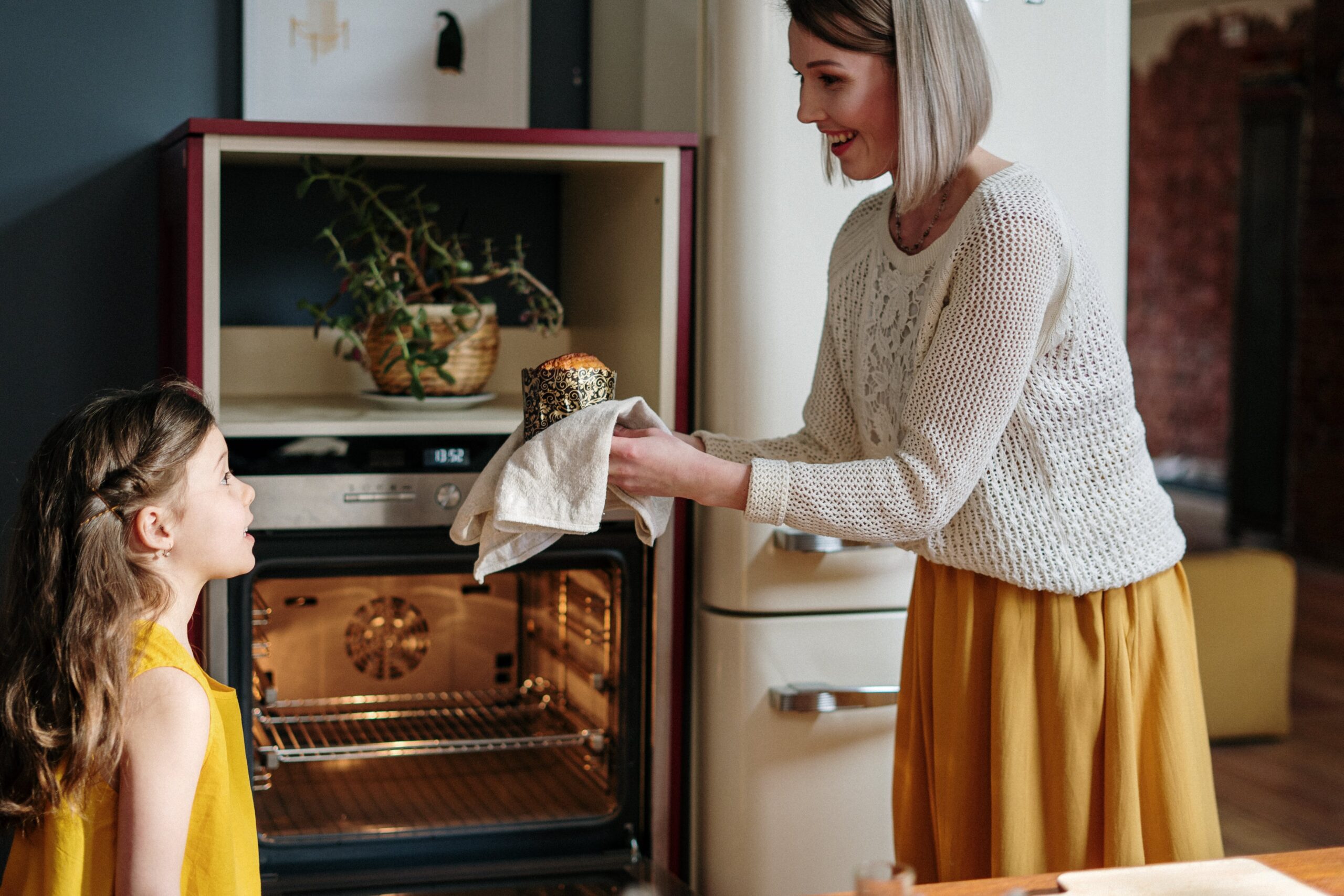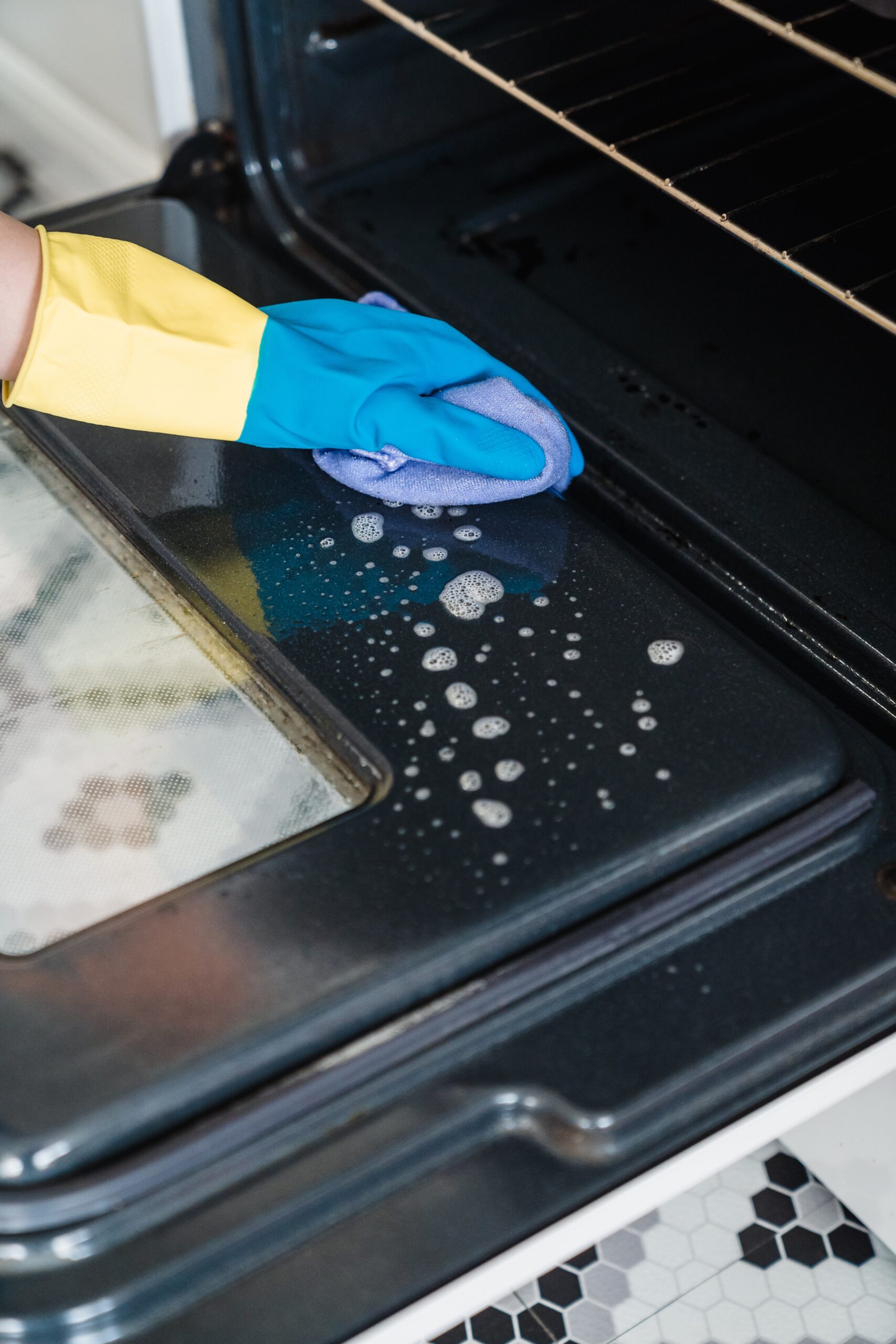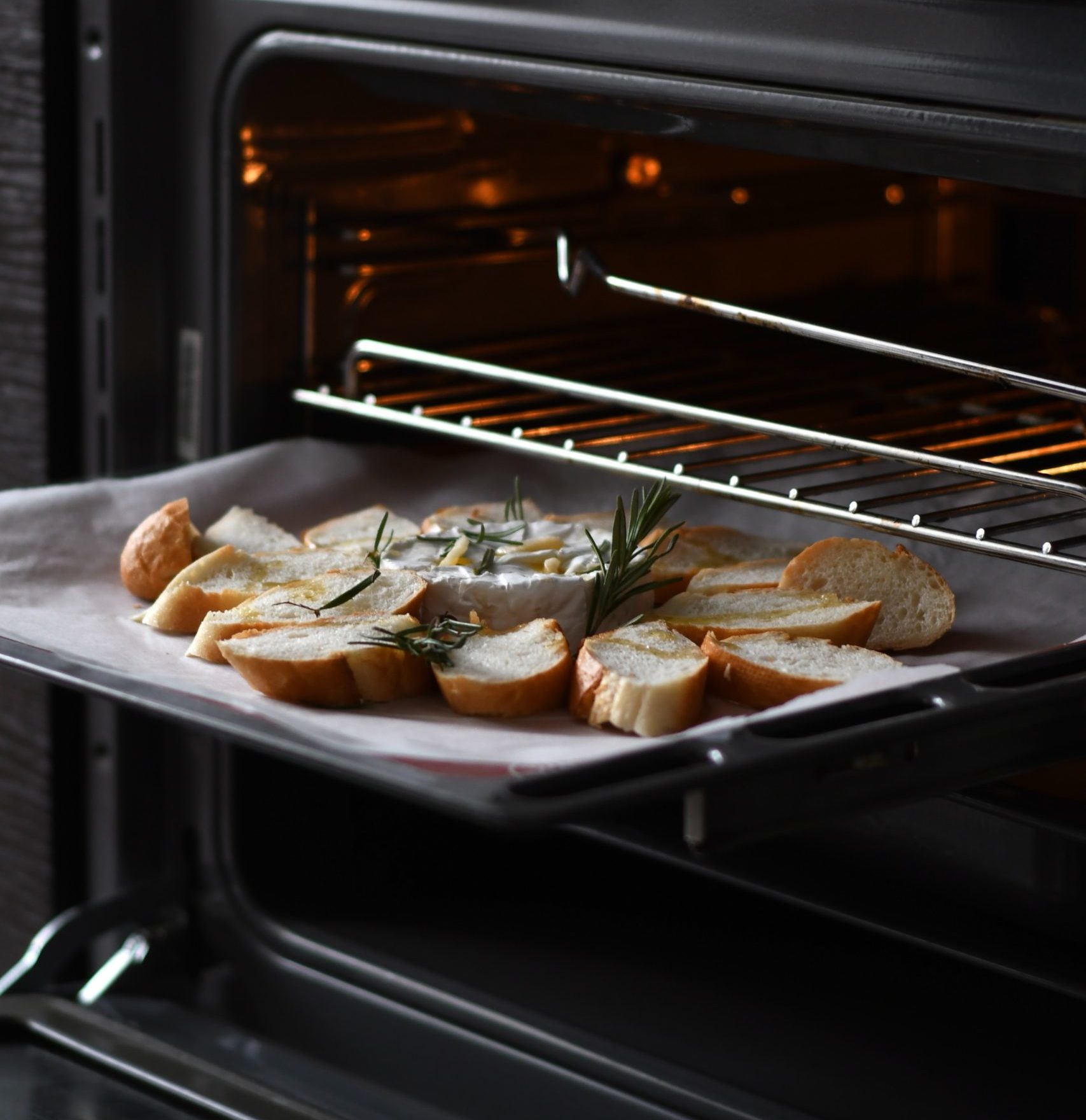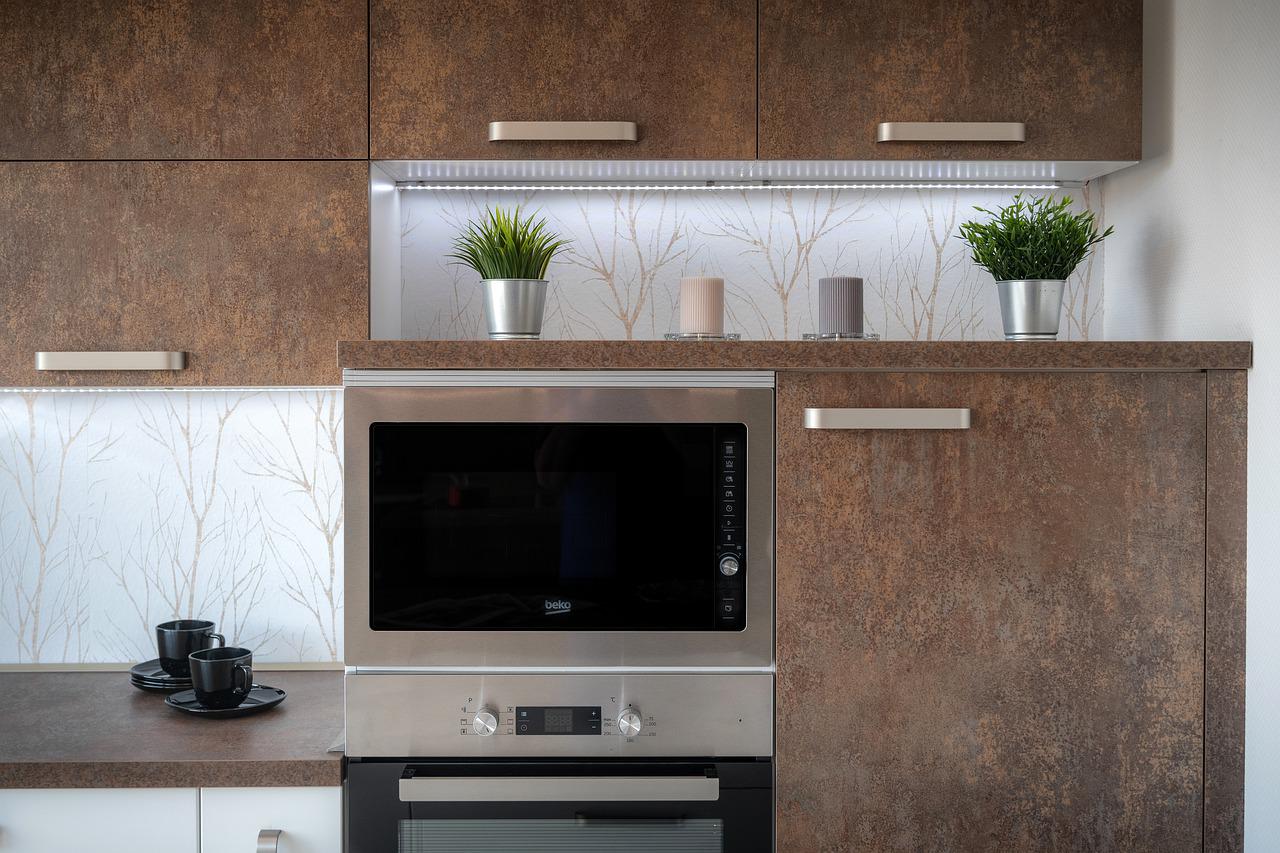The Ultimate Guide to Oven Sizes and Dimensions
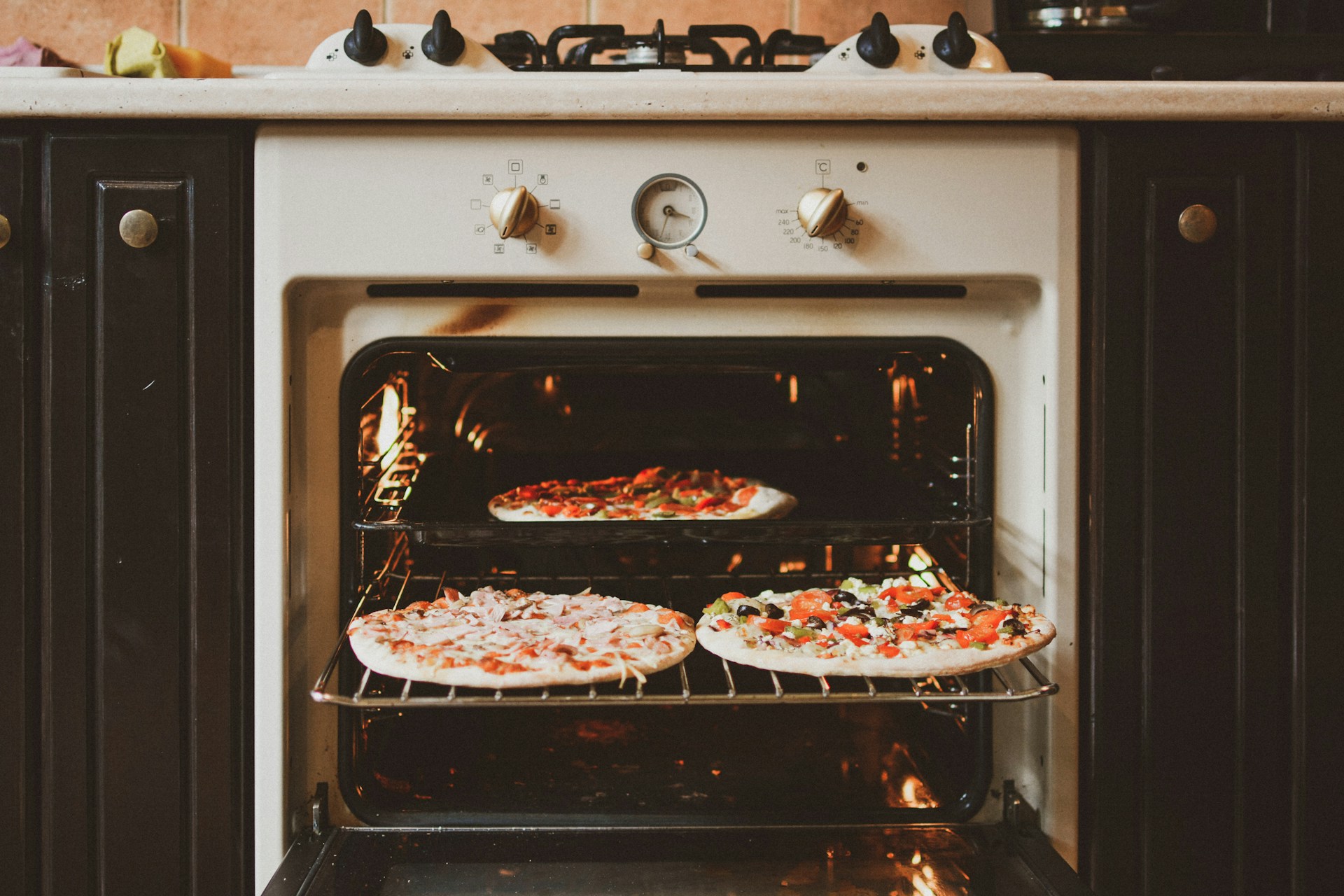
Shopping for an oven shouldn’t feel like a pop quiz you didn’t study for. But between all the specs, sizes, and mystery model numbers, it somehow does.
We get it. You just want something that works, fits, and doesn’t start a passive-aggressive standoff with the rest of your setup.
Whether you cook every day or just reheat leftovers with flair, you still deserve a good match. So, stick around because we're about to make this surprisingly simple.
Browse Different Styles
Not all ovens are created equal, and choosing the right one can significantly impact how your kitchen functions.
Traditional ovens are the classics. They’re great for roasting, baking, and all those other everyday meals, but they don’t come with any bells and whistles.
Convection ovens, on the other hand, come with built-in fans that move hot air around for quicker, more even cooking. So, they’re great if you're all about precision or just tired of burnt edges and soggy centres.
If you’re after something a little more flexible, wall ovens could be your thing. They come in single or double setups and give you more freedom to customise your layout. Plus, they look pretty sleek.
Yes, there are fancy features like self-cleaning modes and smart tech, but don’t get too caught up in the gimmicks. If cleaning is a dealbreaker, you can always call in oven cleaning services and save yourself the elbow grease.
At the end of the day, it all comes down to how you cook and what fits your space. Start there, and you won’t go wrong.
Decode the Size Labels
Before you fall in love with a shiny new oven, make sure it’s actually going to fit. It sounds obvious, but you'd be surprised how often things can go south if you aren’t careful.
Single ovens are the usual pick for most households. They’re typically 60 cm wide, around 60 cm high, and 55 to 58 cm deep. Some models are slightly deeper or wider, but 60 cm is the standard across most brands.
Double ovens have the same standard width (60 cm), but they’re taller, usually ranging from 85 to 90 cm. So, they’re great if you like cooking big meals or need that extra oven space at Christmas.
If you’re short on space, a compact oven might be the better bet. Most sit around 60 cm wide, 45 cm high, and 55 to 58 cm deep.
Of course, these are just ballpark figures. Brands love to surprise us with an extra centimetre here and there, so always check the specs.
Map Out Your Kitchen
Before you get too cosy browsing fancy oven features, grab a tape and measure the width, height, and depth of the spot where the oven will be installed.
It can be tempting to just eyeball it, but this will cause you a lot of frustration down the road. Instead, write down these numbers and keep the note somewhere you won’t lose it.
While you’re at it, check for anything nearby that might get in the way, like cabinet doors, corners, or other appliances. Don’t forget to leave some room around the oven for ventilation.
Finally, double-check your numbers. One wrong measurement can turn installation day into a nightmare, and you definitely don’t want that!
Choosing the Right Oven Size for Your Needs
Oven shopping isn’t just about what fits your kitchen. It’s about what fits your lifestyle. So, think about how you actually cook, not how you imagine you’ll cook after watching one episode of MasterChef.
If you have a large family or regularly host gatherings, a double oven or an extra-large model will make your life easier. You can roast chicken, bake vegetables, and warm garlic bread all at once—no oven Tetris required.
If it’s just you, a partner, or a smaller crew, a single or compact oven is probably the smarter choice. It will save you space, use less energy, and still get the job done without taking half an hour to preheat.
Don’t Burn Energy or Money
Here’s the deal: oven size and energy use go hand in hand. The bigger the oven, the more power it needs to heat up and stay hot.
If you’ve got a smaller household or only cook for one or two, a compact oven makes a lot of sense. It’ll heat up faster, use less energy, and won’t turn your kitchen into a sauna every time you roast a tray of veggies.
But if you’re cooking for a crowd or love doing multiple dishes at once, that extra space that comes with larger models can be worth it. Just make sure you’re filling it up, though.
Want to cook smarter? Go for a model with a convection setting. It’ll spread heat more evenly, which means you can lower the temperature and still get great results.
Also, those Energy Star ratings aren’t just for show. A better rating might not feel exciting when you're in the store, but you’ll certainly notice the difference when you get your next electricity bill.
Future-Proof Your Choice
If you're going to spend a decent chunk of money on an oven, it might as well be one that won’t feel outdated in six months.
You don’t need all the bells and whistles, but a few smart upgrades now can make your life easier later and save you from wanting to replace it every time a new model pops up.
Think about how your cooking habits might change. If you're the type to host big dinners, you'll want something with enough room to cook multiple dishes at once, without playing juggling games with trays.
Adjustable shelves are also a bonus, especially when you're switching between shallow baking trays and tall items like a big stock pot.
Last but not least, consider models with smart features like timers and controls that don’t require a manual the size of a novel.
Conclusion
No more standing awkwardly in the appliance aisle without knowing which model to choose. You now have the know-how, the confidence, and hopefully, a decent tape measure to pick the right oven.
That’s it! You can now enjoy your new oven without worrying about unevenly cooked meals or your old one setting off the smoke alarm again!

